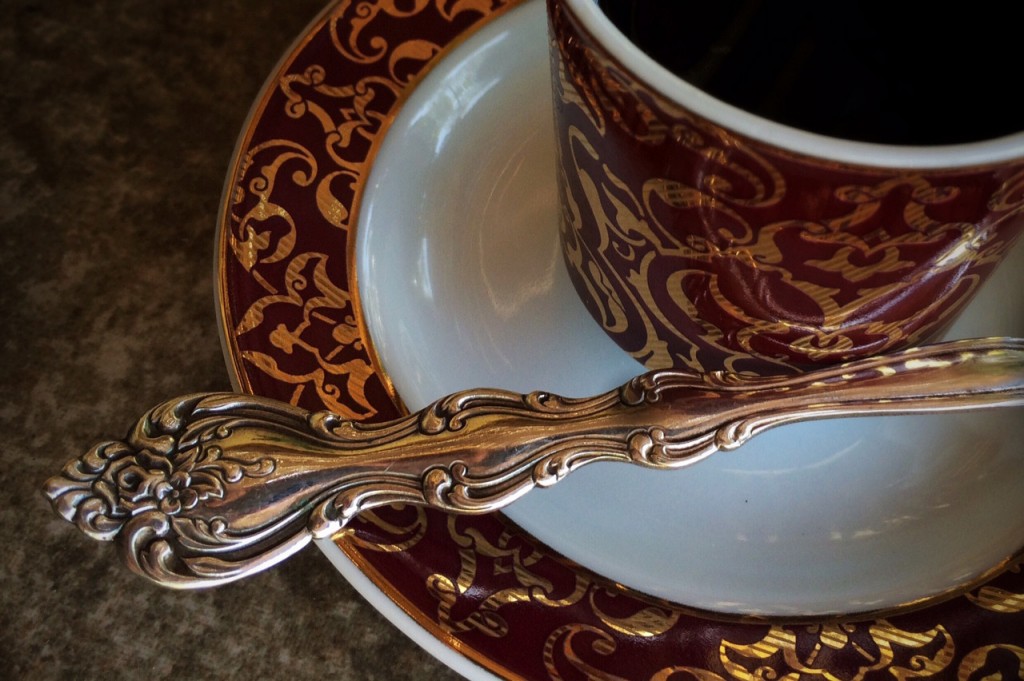Silver Restoration: 2 Solutions To Save Your Silver!
Have you ever seen an old, darkened set of silverware? If you have, then you know it’s not a pretty sight…
What is the problem and why is silver restoration needed?
Unfortunately, there comes a time in the lifespan of almost every metal when the environment begins to take a toll. This natural process is known as corrosion and it’s a very common occurrence. In the case of silver, this corrosion comes in the visual form of unsightly tarnishing as well as more serious, but less visible forms of corrosive deterioration. If either of these comes about, silver restoration may be the best way to save your priceless heirlooms or valuable industrial parts.
In general, silver is fairly resistant to most environmental reactions, however, it is very vulnerable to reactions with sulfur. This is especially true in humid or damp environments. When silver tarnishes, the metal bonds with sulfur to form silver sulfide. This reaction typically results in a black layering on the surface of the metal. The reactions can be seen below as:
8Ag + 4HS- <—> 4Ag2S + 2H2 + 4e-
02 + 2H2O + 4e- <—> 4OH-
As stated above, this tarnish can be problematic in both residential and industrial settings. For many, silver tarnishing is simply unpleasant to look at; however, for commercial companies the tarnish may cause greater issues. For example, a layer of silver sulfide can greatly reduce the electrical conductivity of a silver plated device. In either case, it is best to remove the layering of tarnish to improve both appearance and function through silver restoration.
2 Forms of Restoration: Refinishing & Re-plating
Depending on the level of buildup or damage, silver refinishing may be the best option. During refinishing, the silver is cleaned and then lacquered in order to prevent further tarnishing.
Fact – Un-lacquered silver can begin to tarnish in three months or less depending on the environment to which it is exposed.
Refinishing may not be the best option for more seriously damaged items. This is particularly true if objects have acquired surface abrasions or physical damage for environmental exposure.
Additional Information:
In either case, give us a call or shoot us an email. We would be happy to take a look at your items and give you an idea of which approach is best for your particular situation.

